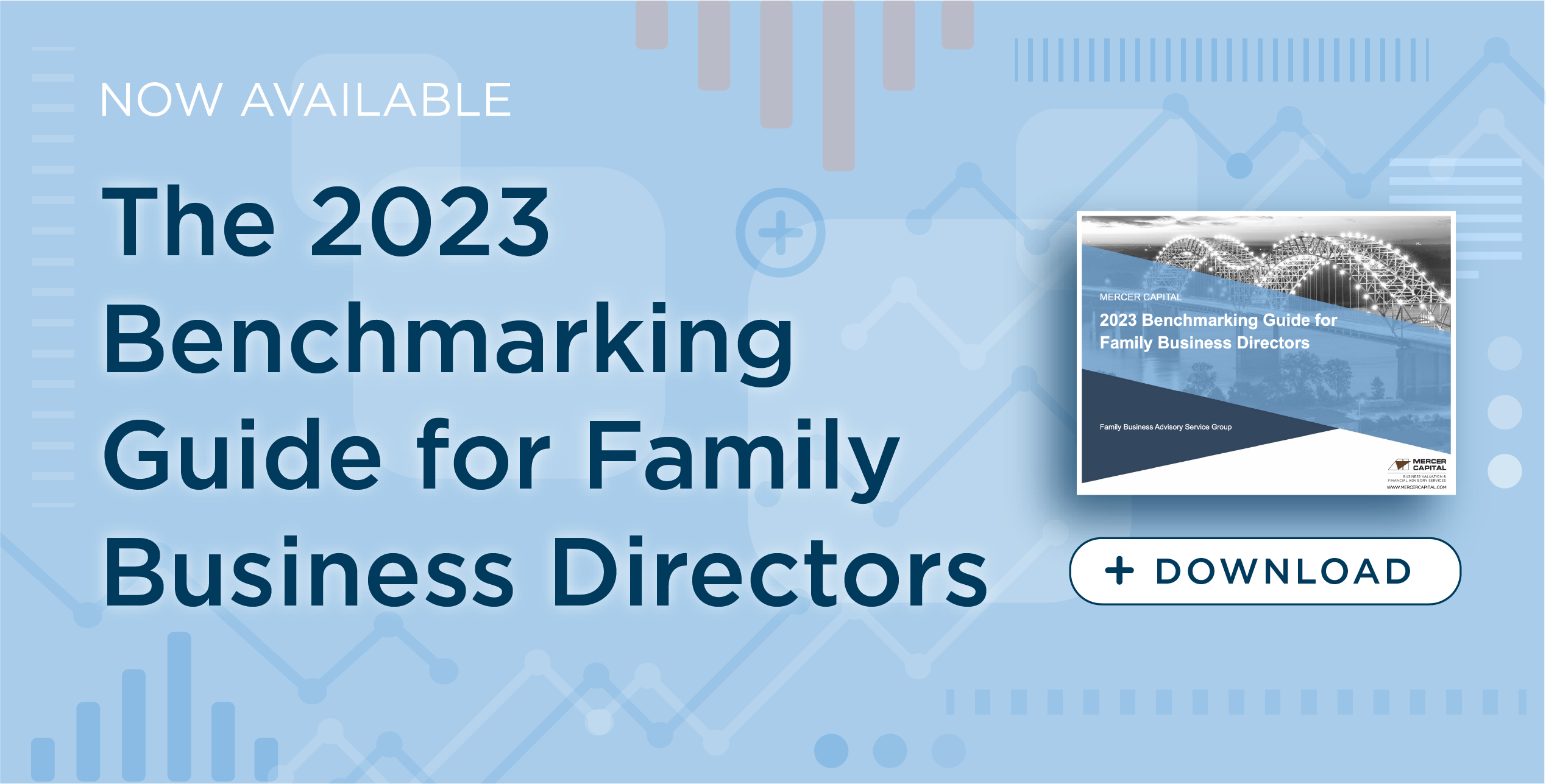Are Metrics Really Undermining Your Family Business?
We have not been shy about our affection for return on invested capital (ROIC) as a comprehensive measure of financial performance for family businesses. In fact, we think financial performance measurements are so important for family businesses that we recently published a compendium of potential benchmarking measures. So the provocatively-titled cover article of the current issue of the Harvard Business Review – “Are Metrics Undermining Your Business?” – certainly made us do a double take.
Metrics can have a distorting impact on corporate behaviors, and derail the very strategies the metrics were meant to advance.
The authors of the article (Michael Harris and Bill Taylor) take as their starting point the well-publicized mess at Wells Fargo. In an effort to give concrete form what was ostensibly a reasonable strategy of cross-selling services to existing customers, the bank established a metric based on the number of accounts opened. In response to reportedly intense pressure to meet aggressive goals surrounding the metric and financial incentives tied to the metric, many Wells Fargo employees prioritized the metric – number of accounts – over the actual strategic objective – deepening and strengthening retail customer relationships. The reputational and financial cost to the bank has proven to be enormous.
The authors contend that an emphasis on metrics leads to surrogation, which they define as confusing what is being measured (deeper and stronger customer relationships) with the metric being used (number of accounts). When employees and managers fall prey to surrogation, metrics can have a distorting impact on corporate behaviors, and actually derail the very strategies the metrics were meant to advance.
Metrics and Family Business
Wells Fargo is an extremely large publicly traded financial institution, not a family business. So are family businesses more or less likely to be burned by metrics? The authors’ recommendations for reducing the odds of surrogation in an organization provide a great framework for answering this question. The authors offer three steps to promote healthy use of metrics in business.
#1 – Get the people responsible for implementing strategy to help formulate it.
This really goes to corporate culture. Is your family business marked by a top-down authoritarian management structure, or does strategy emerge from all levels of the organization? Are non-family employees involved in strategy discussions, or is formulating strategy the exclusive preserve of family members? Do selected metrics serve the broader corporate strategy, or are the selected metrics replacing the corporate strategy? Or, perhaps even subverting the corporate strategy?
Capital budgeting is one area that we see a lot of family businesses struggle with. One risk facing family businesses is that a capital budgeting metric like internal rate of return can change from being a necessary condition to a sufficient condition to approving a project. In other words, instead of letting corporate strategy dictate which financially-feasible capital project should be pursued, family businesses may undertake what appears to be a financially-feasible capital project and then adapt the corporate strategy to fit the project. It is critical that family business directors understand what questions a financial metric like net present value is designed to answer (“Are the expected returns from this project acceptable?”) and what questions it cannot answer (“Should we undertake this capital project?”).
#2 – Loosen the link between metrics and incentives.
Do your incentive structures promote metric-maximization at the expense of overall performance?
The timeworn adage “You get what you pay for” is certainly true when it comes to employee performance. Financial incentives are tricky because employees will give – or attempt to give – employers the behaviors that maximize their personal compensation packages. The risk is that any metric that is concrete enough to influence actual day-to-day employee behavior will be so narrow that it may not – if pursued with single-minded intensity – always promote the overall health of the organization.
Do your incentive structures promote metric-maximization at the expense of overall performance? Are employees rewarded for identifying and acting on those situations in which blindly following the metric would actually be counterproductive? For example, inventory turnover is a common financial metric used to improve working capital management and cash flow. All else equal, faster inventory turnover contributes to greater capital efficiency and higher return on invested capital. But all else is never, in fact, equal. A purchasing manager with compensation incentives based on inventory turnover may resist taking advantage of discounted pricing for a special bulk purchase that would benefit the company because it would reduce inventory turnover. Family business leaders need to take care that compensation incentives do not become so closely tied to isolated metrics that counterproductive business decisions are made.
#3 – Use multiple metrics.
Managers have long recognized that a “balanced scorecard” approach to metrics is healthier than obsession with a single number. This can be challenging for family businesses where the prior success of the company is linked – in the corporate culture, if not in actual fact – to a single performance metric. While a particular metric may have been a perfect proxy for the overall health of the business in the past, changes in the business or industry are likely to cause the relevance of particular metrics to change. The scorecard for your family business needs periodic updating to ensure that you are tracking what drives success today rather than in the past.
This is true for the value of family businesses as well. We still occasionally see buy-sell agreements that attempt to enshrine a “valuation formula” to determine the value of the business at future dates. No matter how appropriate the formula may be when adopted, it is almost certain to distort the value of the business when a triggering event actually occurs years or decades later.
Family Businesses and Return on Invested Capital
So what about ROIC? Does the threat of surrogation cause us to re-think ROIC as the best comprehensive measure of family business performance? In short, no. While the article offers some appropriate warnings for family business directors, there is no reason to abandon ROIC. As we discussed in a recent post on innovation, family business directors do well to consider broader notions of family wealth that encompass more than just dollars and cents. But even in the context of broader definitions of family wealth and/or business purpose, return on invested capital is a great tool with which to coordinate the activities of your family business to support your strategy.
 Family Business Director
Family Business Director 











